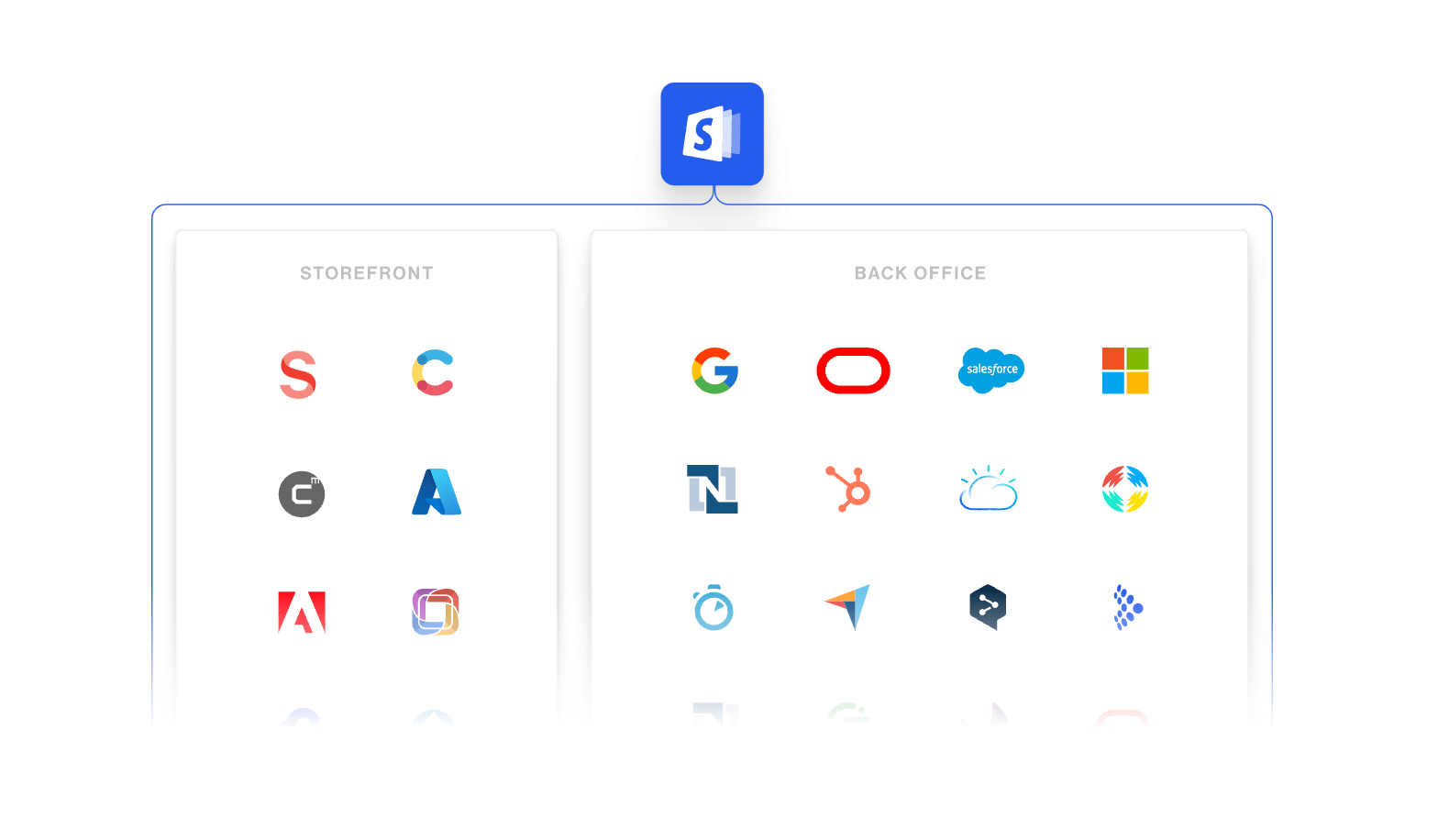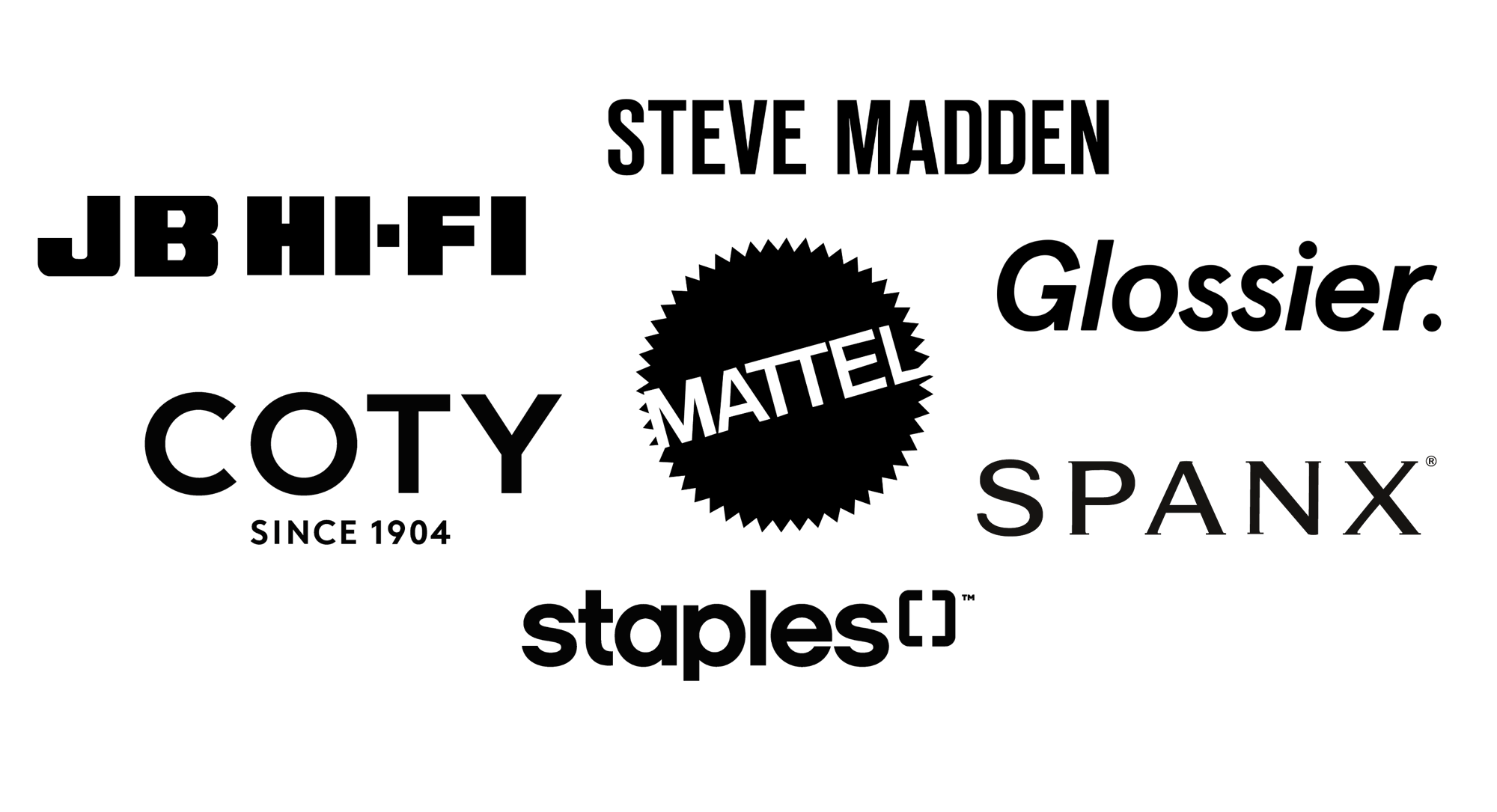What is composable commerce and why do enterprise giants need it?
Shopify is becoming an ever bigger player in the enterprise retail market, with enterprise being its fastest–growing user segment in 2022. This segment has a particular set of challenges that Shopify is addressing through a series of new products. We already wrote about Shopify’s headless offering and all-new checkout in recent blogs, and are now following up with more information on another enterprise-only novelty: Commerce Components by Shopify (CCS), launched in 2023.
What challenges specific to large enterprise retailers (>$100 million) are tackled through this newest loot on the Shopify branch? Here are a few of the most pressing:
- Giant enterprise brands are not comfortable committing to an all-in-one solution like the one Shopify traditionally offers. Such a package deal presents constraints to large retailers when optimising their e-commerce stack. They need more flexibility and are looking for a growth partner more than a platform.
- Another reason why they need so much flexibility is the presence of legacy systems in their tech stack. Enterprise brands have typically accumulated many custom and third-party solutions over the years, and updating or replacing them is a monstrous undertaking. They prefer to do this bit by bit, and hence need a more modular approach with separate components that are easy to connect with (and disconnect from) the rest of their commerce stack.
- At the same time, cloud-native solutions are the future - and many large retailers have been a bit slow on the uptake. Since they can’t ignore the considerable benefits of cloud-based services, there’s been a steady digital transformation going on for the past few years with big retailers gradually moving to a less cumbersome, more flexible stack. As big brands seek to reduce reliance upon their own servers and development power, Shopify’s global infrastructure becomes a viable alternative. Shopify’s speed, reliability and relentless innovation power only add to its attraction.
- Another factor is, of course, cost. As enterprise businesses are optimising the ROI of every element in their tech stack, Shopify’s pricing, speed of deployment and rapid ROI become very interesting.
- And let’s not forget the ever-changing expectations of the modern customer. A smooth, cohesive customer experience and omnichannel presence are a must, as well as more and more personalization. Unified data and a seamlessly connected tech-stack serve to support this - things Shopify has been working on providing tirelessly, for the past decade. What is more, e-com businesses need to adapt to and even anticipate customer trends fast, for which a flexible tech stack is required.
- Last but not least: Shopify’s 99.99% uptime is a winner, whatever the size of your business. Eliminating crashes and updates from the day-to-day goings-on can be a huge relief, even more so at this level.
What does Commerce Components by Shopify offer?
When asking Daniel Glock, Lead Solutions Engineer for Enterprise Accounts in EMEA at Shopify, about the essence of Commerce Components, he explains: “CCS is a unique opportunity for the largest enterprise retailers to partner with Shopify (R&D) to define the future of commerce.”
Commerce Components by Shopify currently offers 30+ components. We asked our CCO Bob Rockland and CEO Wouter Monkhorst to walk us through the most promising ones:
- Headless SDK. Build React-based headless storefronts with Hydrogen, using Shopify Plus or any other system as the backend and hosting your headless store on Oxygen. Wouter: “This is a game-changing bit of technology. E-com businesses can now go headless without having to maintain and update the framework themselves - it’s taken care of by Shopify’s huge army of developers. Similarly, they can host their headless stores with Oxygen, the hosting platform that is maintained by Shopify. Such a setup significantly reduces the costs associated with maintaining a headless architecture.” Read more about going headless with Shopify here.
- Cart. The Shopify cart is fast and accessible anywhere. Wouter: “It’s edge-deployed, meaning it will be as fast on a quiet Balinese beach as it is in downtown Amsterdam. Shopify’s global infrastructure has recently expanded considerably and can now serve even the most remote places, without skipping a beat.”
- Checkout platform. The Shopify Checkout is of course a big USP for Commerce Components. Instead of building their own, enterprise giants can now simply take the world’s best-converting checkout and integrate it with their own systems. Bob: “You can build the most incredibly expensive product configurator, spend a fortune on branding or acquisition campaigns - but if your checkout is broken, you will still not make a healthy revenue. Any e-com business looking to improve their conversion and sales would do well to start using the Shopify checkout.” Read more about the latest improvements made to Shopify’s checkout here.
- Tax Platform. Processing payments and taking care of taxes worldwide through a Merchant of Record takes away many of the complexities of global e-commerce. Through this component, users can profit from Shopify’s partnership with Global-e. Wouter: “If you want to expand internationally and want to do this fast, this is the way to speed up your time to market”.
- Functions Extensibility. This component makes it possible for enterprise users to customise Shopify’s usually closed backend. Wouter: “Shopify’s core is heavily guarded, for obvious reasons. For very big brands, though, Shopify is willing to make an exception and have their own developers customise the Shopify core to meet an individual client’s requirements.”
- And of course Commerce Components can be integrated with practically everything. All components come with a flexible API to make fast integrations possible.
But Components is more than a list of separate modules. In effect, what Shopify is doing is sharing the state-of-the-art infrastructure that they have built over the years with the truly large brands and businesses in e-commerce. Shopify’s global network of servers, its huge amount of data and business intelligence gathered through serving two million stores worldwide, and of course its raw powers of development and innovation, to name a few, are now offered to a very select segment of e-commerce players - in true partnership.
Are you in the process of evaluating the right commerce architecture for your brand?
In this free whitepaper, Ilya Grigorik (principal engineer at Shopify) shares his view on what makes a resilient commerce architecture—and critically, why microservices aren’t the magical solution advocates claim they are.
Commerce Components, Hydrogen or Shopify Plus?
With the launch of Commerce Components, there are now three Shopify options to choose from for enterprise-level businesses: Shopify Plus, headless Shopify with Hydrogen, and Commerce Components. What is the best solution for your situation?
It mostly comes down to the size and spending power of your business, and the expected ROI for the three solutions. Shopify Plus is optimised for businesses with a revenue of $2 million per year and up, while the budgets involved in implementing and running a headless store with Hydrogen require a revenue that is a decent multiple off that.
→ Read more about Shopify Plus pricing and calculate if your business is ready for headless with Hydrogen
Commerce Components is steered to become viable for enterprise retailers with a GMV towards 500 million to multiple billions, but those numbers are benchmarked for the USA. We like to believe that for brands in EMEA, Commerce Components is worth investigating from a revenue of $100 million and up.
Going composable with Shopify and Code
With the release of Commerce Components, we can consider one hopelessly outdated but tenacious Shopify myth well and truly busted: that Shopify isn’t suited to enterprise-level businesses. At Code, we are looking forward to seeing in what ways Shopify will reinvent this new field - in the same way they did every segment of e-commerce they turned to so far.
As one of the most experienced Shopify Plus agencies in the EU, with a reputation for delivering technologically and commercially advanced commerce stacks, Code is one of the Shopify Partners to offer Commerce Components.
Would you like to explore if Commerce Components is a fit for your brand? Reach out here.




